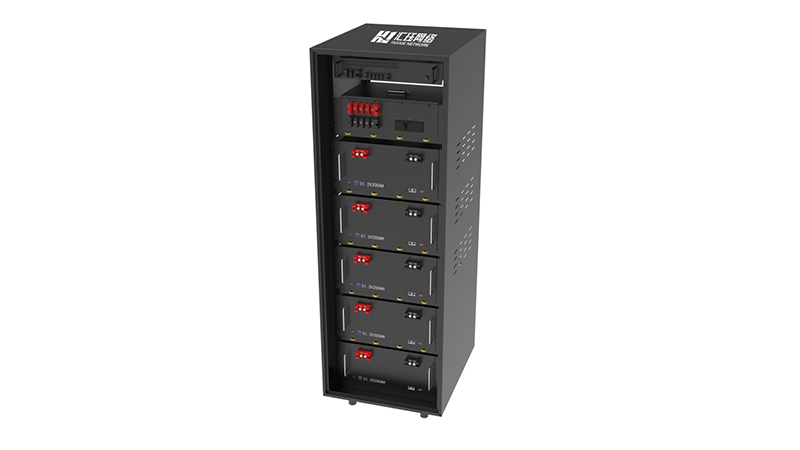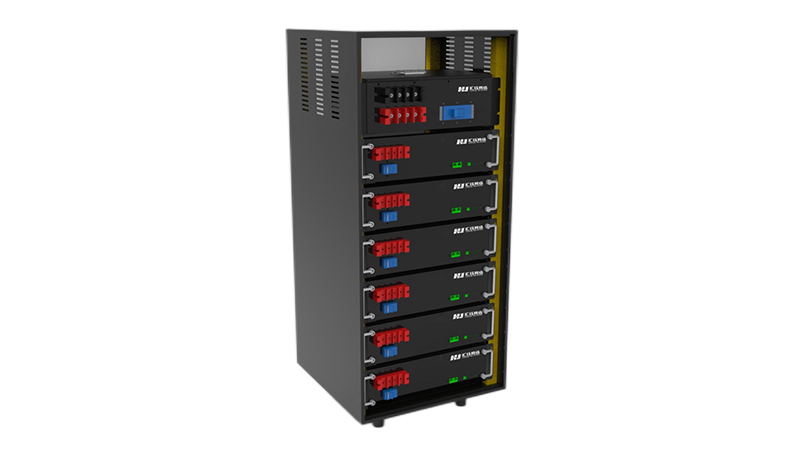
The implementation plan of carbon peak in the industrial field was released to support the construction of “photovoltaic + energy storage” self-provided power plants
On August 1, the Ministry of Industry and Information Technology, the National Development and Reform Commission, and the Ministry of Ecology and Environment jointly issued the “Industrial Carbon Peak Implementation Plan” (hereinafter referred to as the “Plan”), proposing six key tasks, two major actions, and several policy protection.
Among them, the six key tasks include in-depth adjustment of industrial structure, in-depth promotion of energy conservation and carbon reduction, active promotion of green manufacturing, vigorous development of circular economy, and acceleration of industrial green and low-carbon technological transformation. The two major actions include the key industry peak action, focusing on key industries, reducing carbon emission intensity, and controlling carbon emissions; the green low-carbon product supply promotion action, giving play to the support of green low-carbon product equipment in the carbon peak carbon neutral work effect.
A reporter from China Business News noticed that among the six key tasks and two major actions of the “Plan”, quite a lot of space mentions the supporting role of photovoltaic products in achieving carbon peaking in the industrial field.

For example, in the section of “Deeply Promoting Energy Saving and Carbon Reduction”, the “Plan” pointed out that the structure of energy consumption should be adjusted and optimized, enterprises and parks should be encouraged to use clean energy nearby, and qualified enterprises should be supported to develop self-provided power plants such as “photovoltaic + energy storage” and self-owned power plants. Backup power construction.
In the section of “Action to Improve the Supply of Green and Low-Carbon Products”, the “Plan” pointed out that the supply of green and low-carbon products in the field of energy production should be increased. Strengthen the overall planning of the high-quality development of the energy electronics industry, and promote the collaborative innovation of photovoltaics, new energy storage, key terminal applications, and key information technology products. Implement the action plan for the development of the smart photovoltaic industry and carry out pilot demonstrations to accelerate the upgrading of basic materials and key equipment. Promote the intelligent manufacturing of advanced solar cells and components, and improve the information management level of the entire life cycle of photovoltaic products. Support low-cost, high-efficiency photovoltaic technology research and development and industrial application, and optimize the implementation of photovoltaic, lithium battery and other industry standard conditions and comprehensive standard systems.
It is worth noting that the “self-provided power plant” mentioned in the “Plan” issued by the three ministries and commissions this time is no longer a coal-fired power plant, but a self-provided power plant and self-provided power supply relying on “photovoltaic + energy storage”. This means that the model of distributed clean energy and energy storage will be applied in the industrial field in the future, play a role in adjusting and optimizing the energy consumption structure, and help the realization of carbon peak carbon neutrality.
In fact, at present, energy storage has basically become the “standard configuration” of photovoltaic projects. This is mainly because energy storage can smooth short-term fluctuations and eliminate the maximum load of electricity while quickly storing electricity, making solar energy available for use at any time. According to the calculation of Essence Securities, the current scale of domestic supporting energy storage projects is close to 50GWh, and it is expected that these projects will be gradually implemented from this year.
Since the establishment of my country’s carbon peak carbon neutrality goal, the market demand for photovoltaics has maintained a high degree of prosperity for a long time.
In 2021, my country’s new photovoltaic power generation grid-connected installed capacity will be about 53 million kilowatts, ranking first in the world for 9 consecutive years. As of the end of 2021, my country’s photovoltaic power generation grid-connected installed capacity will be 306 million kilowatts, ranking first in the world for seven consecutive years.
According to data from the National Energy Administration, as of June this year, the country’s cumulative grid-connected photovoltaic capacity was 336.20GW; the new grid-connected capacity in the first six months of this year was 30.88GW, a year-on-year increase of 137.32%; 33.75%.



